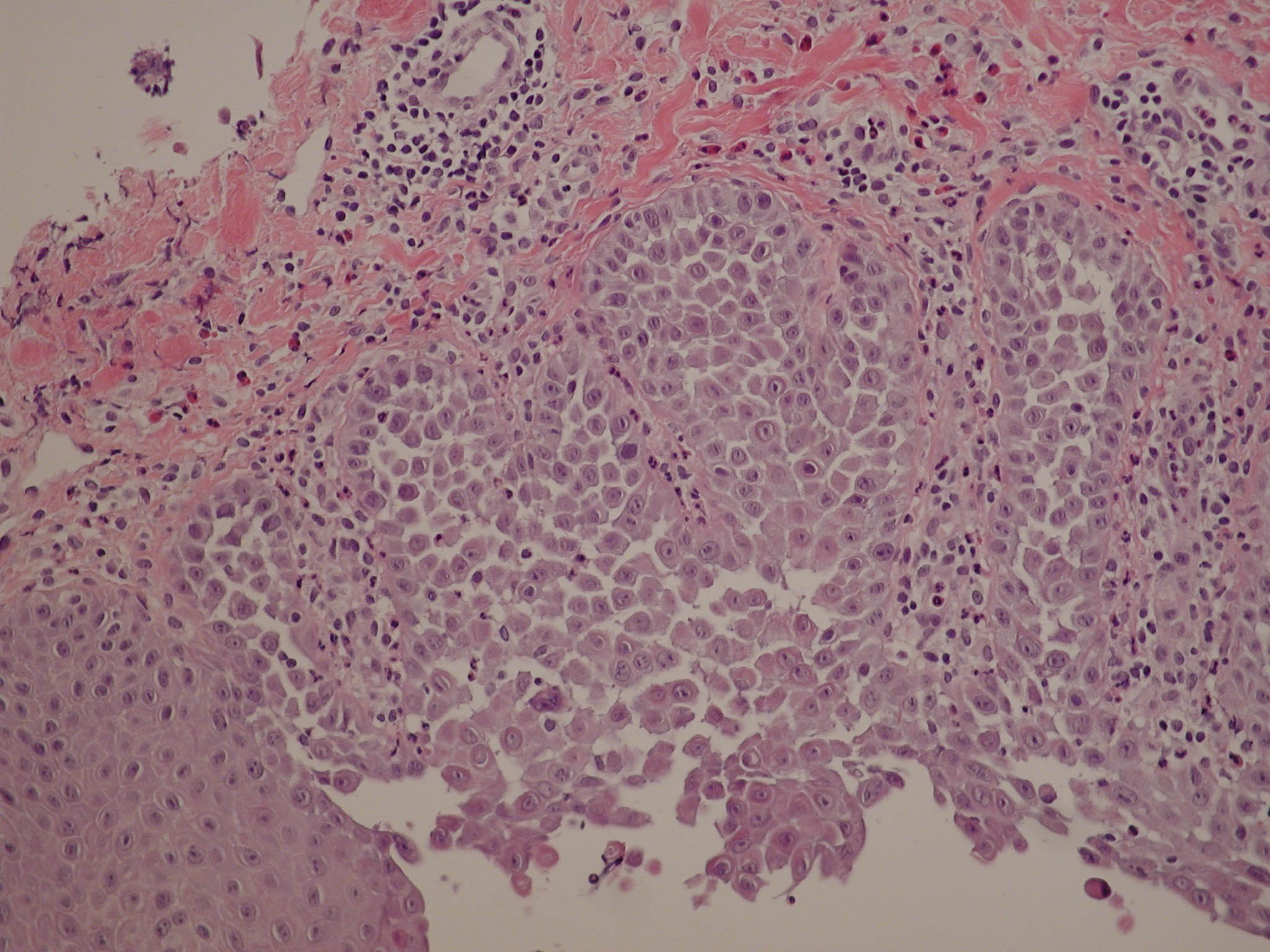J Cosmet Dermatol. 2005 Dec;4(4):223-7.
Source
Department of Dermatology, Academic Teaching Hospital Dresden-Friedrichstadt, Dresden, Germany. wollina-uw@khdf.de
Abstract
Botulinum toxin (BTX) types A and B have been used with success in cosmetic dermatology and hyperhidrosis treatment. The present review focuses on other uses of BTX in dermatology. Discussed in particular are the available data on BTX in inflammatory diseases, proctology, and some other indications. From studies in various types of eczema, it seems that BTX-A not only acts as a potent inhibitor of acetylcholine but also as an inhibitor of substance P and of glutamate as well. By those mechanisms, BTX-A may be antipruritic, which may help explain the benefits of BTX-A in lichen simplex and dyshidrotic hand eczema. In Hailey-Hailey disease, facial eccrine hidrocystomas, salivary fistulas, and intrinsic rhinitis, BTX-A blocks the secretion of sweat/saliva/mucus. BTX-A has important applications in proctology where it has become the most powerful nonsurgical therapy for anal fissures. In proctalgia fugax and after hemorrhoidectomy, BTX-A is analgesic. Current treatment applications of BTX-A and its limitations are reviewed in this paper.
Comment in
- Botulinum toxin in dermatology – beyond wrinkles and sweat. [J Cosmet Dermatol. 2006]
